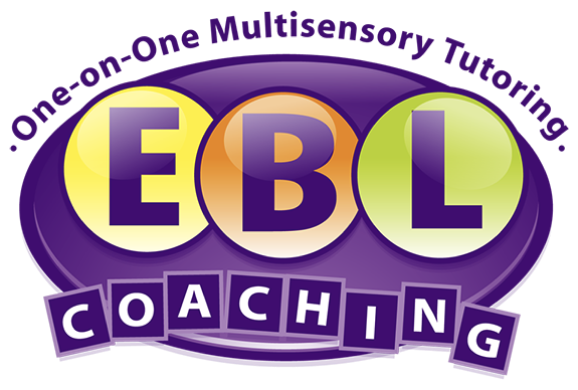
5 Tips for Math Success

A local education expert shares advice for helping your child feel confident and successful in math.
Some kids are seemingly born with a natural knack for math. They understand addition and subtraction concepts at a very young age and love the thrill of solving complex word problems. Other students, however, feel they are simply not good at math and perhaps never will be. Yet whether the teaching approach at your child’s school is traditional or progressive, math is here to stay, and students will need to solve increasingly complex math problems as they move through school. Use the tips below to help your child feel confident and successful in math.
Master the Basics
Without mastering basic math fundamentals, students will inevitably struggle as the material becomes more complex. To prevent these future challenges, allocate time at home to helping your child build key math foundations. For preschool-aged children, practice number recognition, counting, patterns, sequencing, and shape recognition, as an “intro” to math. Try cutting out individual numbers and having your child put them back in order to work on sequencing, or play a matching game with shapes, where players must flip over and match two cards containing the same shape. When your child is older, practice skip counting (counting by 2’s, 5’s, 10’s, etc.) using objects at home, such as marbles, toy cars, or Lego pieces. You can also use flash cards to reinforce addition doubles, then addition doubles plus or minus one (i.e., if I know 2+2 equals 4, then 2+5 must equal 5). Reinforce numbers that make 10–an important element of Common Core math–such as 8 plus how many more makes 10. Building
Complete Homework
Homework is typically designed to reinforce concepts that are taught in class. It is important that your child completes his math homework regularly, since practice ensures that he understands a given concept before a new one is introduced. If your child struggles with a particular homework assignment, encourage him to seek clarification from his teacher, or you can help explain it to him–just use a method that is consistent with the way he learned it in school. By completing homework regularly and addressing any challenging concepts, you can prevent future challenges your child may have down the road.
Use the Computer and iPad as Resources
Most kids jump at any opportunity to use a tech device. While their preference may be playing a game of Candy Crush or Cookie Jam, there are some great math-specific iPad apps and websites that can help your child understand and practice math concepts. Yummy Math teaches students how math applies to the real world, multiplication.com offers facts practice, and PBS LearningMedia provides videos to clarify certain math concepts. As for apps, Counting Caterpillar gives pre-K kids practice counting and sequencing, Math Master reinforces patterns, shapes, time, and fractions, among other key skills, and TouchMath Adventures provides a multi-sensory approach to building math skills.
Integrate Manipulatives
By integrating hands-on manipulatives, you can help your child understand key concepts, rather than simply knowing how to calculate solutions. When teaching counting, use toothpicks, paper clips, buttons, or the like. Practice fractions using a real pizza–remove two out of the six slices and ask your child what fraction of the pizza was removed and what fraction is left. Use play (or real) coins and bills when teaching money, tiles when teaching shapes and geometry, and spinners for learning probability.
Connect Math to Real Life
For many students, math seems abstract and completely disconnected to real life. Who is really going to multiply 264 by 36 in the real world anyways? Help your child see how math can apply to day-to-day activities to help peak her interest. For example, when shopping at the supermarket, ask your child how many apples you are buying if you put 3 green ones and 4 red ones in your cart, or how much the box of Cheerios will come to if it is 10 percent off. When playing with Legos, ask your child how many total studs there are if she has one piece with four studs, one with two, and another with six. Rememeber to keep it real, and keep it fun!
Math can pose a significant challenge to many students. They may feel utterly confused and frustrated at times. Yet with these tips, your child will feel more confident, successful, and excited about math.
